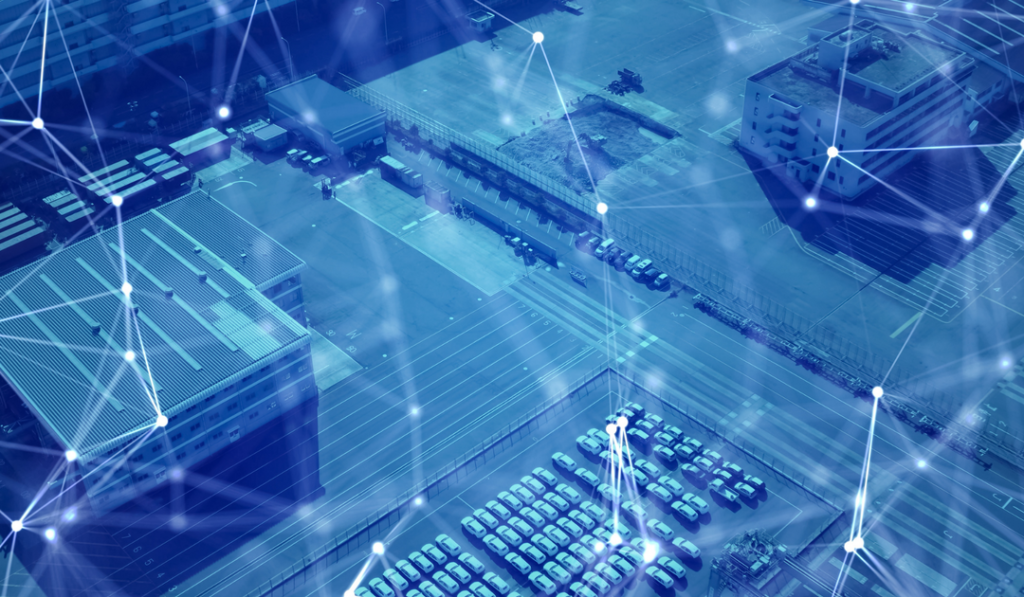When customers buy a product or use a service, there are important factors that they consider. These factors may be categorised into three groups namely quality, cost and delivery. Delivery, although often seen as inferior to the others, is actually of vital importance as it involves bringing the finished goods or services to the end users/consumers. Due to the fundamental nature of delivery, it must not be executed carelessly, but requires a well-thought-out strategy by business owners. Customers, on the other hand, are demanding more in terms of high-quality delivery, in other words, deliveries which are both fast and affordable. Clients’ needs can be met through a thorough understanding of customers’ desires, as well as the trends that are forming on a worldwide scale in terms of last-mile delivery.
Globally, last-mile delivery is becoming one of the most important activities within the supply chain. Due to the growing recognition and emphasis on last-mile delivery, we have been witnessing great, new advancements and innovations in this area of expertise that are important to envisioning its future. This blog will examine a few of the latest trends that are gaining traction within the last-mile delivery field and bringing new opportunities with them, namely the various technological and automation advancements; the broad offering of new delivery options; as well as the greater emphasis on environmental awareness and the transition towards zero emission transportation modes.
Trend 1: Offering new and diverse options
There is no doubt that customers are some of the most important stakeholders of an organisation. Therefore, customer demands and needs should always be kept in mind during all decision-making processes. Firstly, due to the fast-paced world in which we live, customers are demanding quick, affordable and convenient delivery methods. Secondly, customers desire many options, and thus being able to choose the best option. Therefore, if there are a greater number of choices, the happier the customer will be! Offering a wide and diverse range of choice, is not only applicable in the types of goods and services that customers browse, but also to delivery options. It is, therefore, of vital importance for businesses to start investigating the extensive range of delivery options available to them and thereafter decide on which ones would best suit their business model. Customers’ preferences for delivery may range from home deliveries, same-day deliveries, foreign locations, smartlockers, unmanned stations, or even to just-in-time deliveries.
Although with having a wide variety of delivery options, customers desire to be kept well-informed about the status of their delivery/deliveries. Consequently, consideration should be given to real time and predictive information updates. This can be done through a large variety of means such as call centres, apps, website logins or frequent SMSs.
Trend 2: IoT (Internet of Things) Solutions that enhance supply chain innovation
IoT solutions are becoming increasingly popular as can be seen, for example, in the increased use of drones or autonomous robots in everyday operations. Studies have shown that autonomous robots are expected to see a major growth over the next five years, in particular, a surge in their usage within supply chain operations that are low in value, potentially dangerous or high-risk. This is due to the fact that autonomous robots can contribute significantly to the innovation of various activities within the supply chain. Automation adds value to the supply chain in a variety of ways including improving the speed and accuracy, enhancing the synergy between technological efficiency and human control and reducing the many risks associated with physical labour.
The advancements in automation are further evident in the very recent introduction of self-driving delivery robots in certain Asian countries. These trials are being conducted within the automated grocery delivery service industry. This project involves delivery robots, filled with groceries, promptly travelling through the open streets, expertly navigating around obstacles until it reaches the front door of a customer. The technology behind this involves UGVs (unmanned ground vehicle) or AGVs (automatic ground vehicles) that navigate autonomously with the aid of GPS and lidar prompts. Studies have revealed that AGVs with parcel lockers will become a dominant force within the regular parcel delivery sector, as well as time window and same-day delivery within urban areas. This is due to studies that show that AGVs with parcel lockers will replace current forms of regular parcel delivery because of the cost advantages of over 40% when compared to today’s conventional last-mile delivery strategies.
Undoubtedly, IoT devices and other new forms of technology are taking the last-mile delivery service, and the world, by storm. The surge in popularity of IoT solutions is not only gaining traction due to the increased efficiency and other benefits they offer businesses, but also the advantages they provide for individuals.
One example is IoT’s benefit for the elderly population, by offering a unique form of last-mile delivery services. Some elderly people may be physically challenged or too afraid to visit the shops due to the COVId-19 pandemic. This means that delivery services, such as AGVs, can come to the rescue of these consumers, as this type of technology facilitates both safety and convenience.
Another example is the boost in productivity that IoT systems have given employees, especially those who work from home, which is becoming a more common practice during the times of COVID-19, as a preventive measure taken by many businesses. Technology has definitely benefited the end users in this regard by allowing a smooth transition into the working at home life for example, video calls, directing of telephone calls, security software and sharing on the cloud.
Trend 3: Working towards the goal of zero emission transportation modes
Studies have shown that more than half of customers are willing to pay more for sustainable products and services. The shift in consumer buying, and a specific focus by customers for environmentally friendly products and services, reinforces the need for companies to reconsider the extent of their commitments to responsible business practices. Consequently, central and densely populated areas of cities and businesses within those areas have been giving a lot of attention to zero emission transportation methods. This is caused by the great concern about global warming and other negative environmental effects.
One solution to decrease carbon emissions due to transportation is the use of smart lockers, which promotes a greener method of doing online shopping and delivery. Utilising smart lockers, not only decreases the trips to and from warehouses, but increases the speed of the entire last-mile delivery process, allowing for a decrease in fuel costs, transportation expenses, as well as the number of repeat deliveries made.
Given the above-mentioned importance of being environmentally conscious, business owners’ needs to consider what activities are causing damage to the environment and find solutions as to how this can be reduced.
As can be seen above, many trends (not only the three mentioned above but others as well such as address intelligence and smart planning) have started developing in the last-mile delivery field. It is thus important for businesses, on a strategic level, to keep up with the diverse customer offerings, IoT solutions and investigating the possibilities offered by zero emission transportation modes.
The advantages associated with keeping up with global trends and offering high-quality last-mile service delivery
If delivery service of a high standard is provided to customers, this can benefit the business success and profitability in the following ways:
- Increasing customer base;
- Building a good reputation;
- Gaining a strategic advantage over competitors; and
- Increasing revenue.
Why wouldn’t your business want these successes?
It has been proven that customers’ needs and wants should be a focal point of any well-functioning business. Customer desires are not only applicable, in terms of the provision of goods and services, but this must be accompanied by well-organised and efficient delivery methods. It is not only important for businesses to be aware of the current methods of delivery, but to keep up with global trends and the forms of delivery that are likely to be seen in the near future. This article looked specifically at the increasing popularity of technological and automation advancements, the importance of offering new delivery options and the greater emphasis on zero emission transportation modes.
























